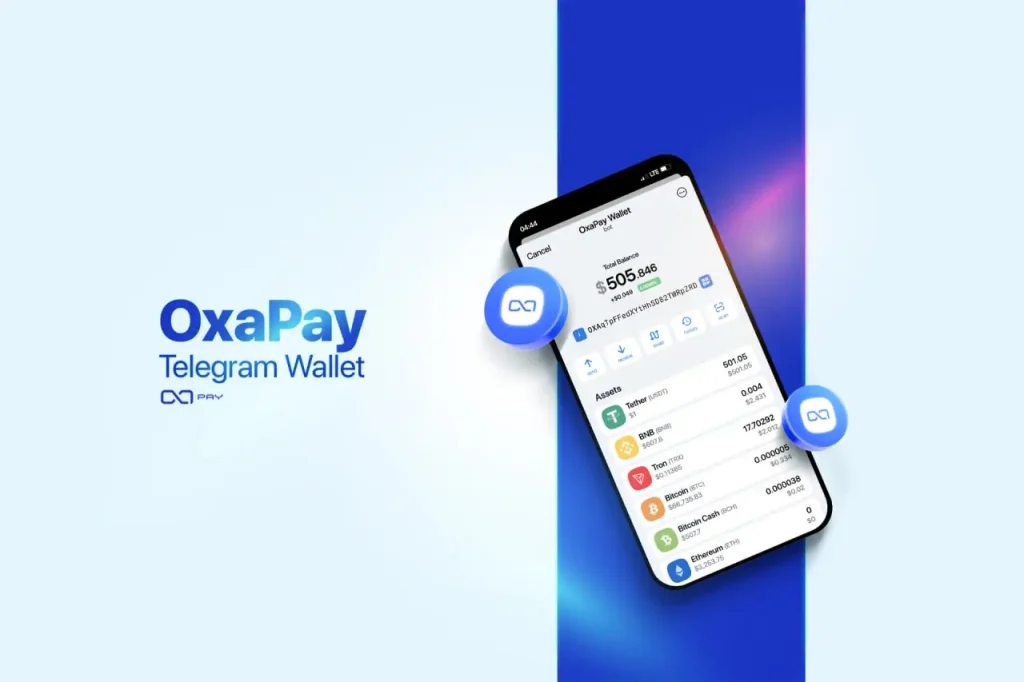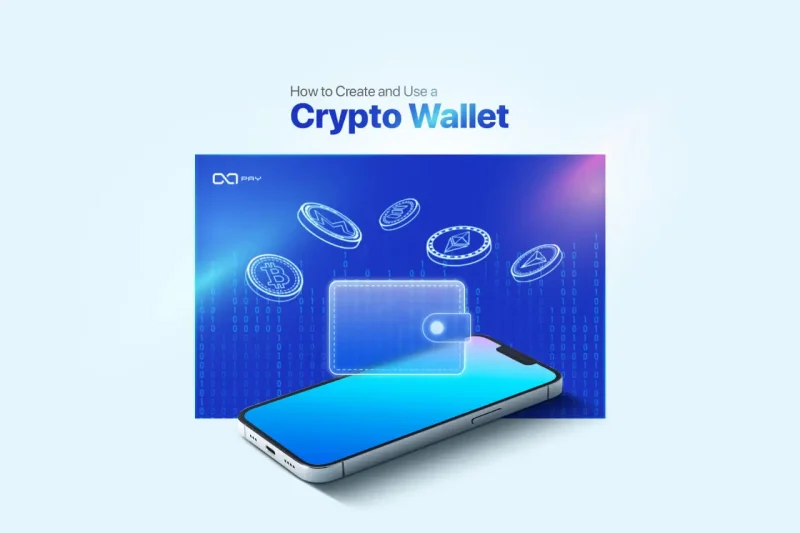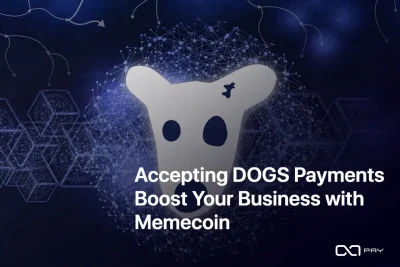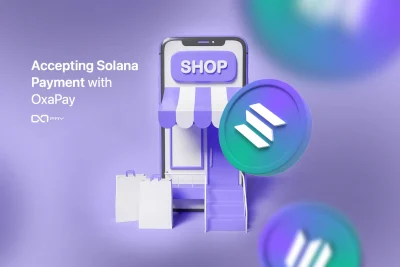Managing your digital assets doesn’t have to be complicated or intimidating. Learning how to create a crypto wallet is the first step to managing your digital assets. A crypto wallet is your gateway to the decentralized world, offering security, control, and freedom over your cryptocurrencies. Whether you want to store Bitcoin, trade Ethereum, explore decentralized finance (DeFi), or make seamless crypto payments for everyday purchases, the right wallet can make all the difference. This guide will show you how to Create a Crypto Wallet, understand the key differences between custodial and non-custodial options, and safely navigate your transactions, no prior experience required.
What is a Crypto Wallet, and Why Do You Need One?
Before you can use cryptocurrency, you need to create a crypto wallet to store and manage your digital assets securely. A crypto wallet is a digital tool that allows you to store, manage, and transfer your cryptocurrencies securely. Unlike traditional wallets that hold physical currency, crypto wallets store your private keys, unique codes that grant access to your digital assets on the blockchain. You need a crypto wallet to:
- Safely store your digital assets.
- Send and receive cryptocurrency transactions.
- Interact with decentralized applications (DApps).
- Manage assets across different blockchain networks.
Custodial vs. Non-Custodial Wallets: Key Differences
When choosing a crypto wallet, one of the most important decisions is between custodial and non-custodial wallets. Each type offers distinct advantages depending on your security preferences and usage needs.
Custodial Wallets
- Definition: Custodial wallets are managed by a third party, often an exchange or financial service provider.
- Pros:
- User-friendly and easy to set up.
- Typically offer built-in exchange services.
- Suitable for beginners.
- Cons:
- The provider holds your private keys.
- Your funds depend on the security of the provider.
- Limited control over your assets.
Non-Custodial Wallets
- Definition: Non-custodial wallets give you full control over your private keys and digital assets.
- Pros:
- Enhanced security and privacy.
- Ideal for long-term holding (HODLing) and self-custody.
- Direct control over transactions.
- Cons:
- If you lose your private keys, your assets are lost permanently.
- Typically require more technical knowledge.
How to Receive and Send Crypto Using a Wallet
Setting up and using a crypto wallet is a simple process, whether you’re a beginner or an experienced user. The key is to understand the type of wallet you’re using and follow the appropriate steps to manage your digital assets securely. Here’s how to do it:
1. Create a Crypto Wallet and Set It Up
The first step to managing your digital assets is to create a crypto wallet that fits your needs. Depending on whether you choose a custodial or non-custodial option, the setup process will vary slightly, but both are simple and quick if you follow the right steps.
- Custodial Wallets (e.g., OxaPay Telegram Wallet):
To create a crypto wallet using a custodial platform, simply access the service through an app like Telegram or a website. Register an account with your basic information, set a strong password, and enable two-factor authentication if available. Since the provider manages your private keys, your focus should be on securing your account credentials. - Non-Custodial Wallets (e.g., MetaMask, Trust Wallet):
To create a crypto wallet in a non-custodial setup, download the wallet app or browser extension and follow the installation guide. During setup, you’ll receive a seed phrase, a list of 12 to 24 random words. This is your recovery key, so write it down and store it somewhere safe and offline. You’ll be the only person with access to your private keys, so security is your responsibility.
2. Receive Cryptocurrency
- Open your wallet and select the cryptocurrency you want to receive.
- Generate a unique receiving address. In custodial wallets, this might be as simple as clicking ‘Receive’ and copying the address. In non-custodial wallets, you may need to select the correct network (e.g., ERC-20 for Ethereum-based tokens) before generating the address.
- Share your receiving address with the sender. Always double-check the address before confirming the transaction, as crypto transactions are irreversible.
- Monitor the transaction status in your wallet. Most wallets provide real-time updates and transaction history to track incoming funds.
3. Send Cryptocurrency
- Select the cryptocurrency and the correct wallet from which you want to send funds.
- Paste the recipient’s address carefully. In custodial wallets, you may have additional options to verify the recipient’s details before sending.
- Enter the amount you want to send and review all transaction details. Pay attention to network fees, especially in non-custodial wallets where you can often adjust the fee to influence transaction speed.
- Confirm the transaction. Custodial wallets may only require a simple confirmation, while non-custodial wallets might ask for your password or seed phrase as an additional security step.
- Track the transaction status. Custodial wallets handle all confirmations automatically, while non-custodial wallets may show the transaction’s status on the blockchain network.
4. Important Tips for Safe Transactions
- Always double-check wallet addresses to avoid errors. Even a small mistake in the address can lead to a loss of funds.
- Avoid sharing your private keys or seed phrases with anyone. If using a custodial wallet, ensure the platform is reputable and secure.
- Start with small test transactions if you are using a new wallet or sending crypto to a new address.
By following these steps and tips, you can safely and effectively manage your cryptocurrency transactions using either custodial or non-custodial wallets.
Popular Crypto Wallets:
There are many crypto wallets available, each offering unique features and benefits. Here’s a closer look at three popular options:
MetaMask
MetaMask lets users create a crypto wallet directly in their browser or mobile device for DeFi and NFT usage.
- Type: Non-custodial
- Key Features:
- Browser extension and mobile app.
- Supports Ethereum and ERC-20 tokens.
- Widely used for interacting with decentralized finance (DeFi) and NFTs.
- Potential Drawbacks:
- Requires managing your own private keys, which can be risky for beginners.
- Complex interface and setup process may not be ideal for casual users.
Trust Wallet
Trust Wallet is a popular way to create a crypto wallet for managing a wide range of tokens across different networks.
- Type: Non-custodial
- Key Features:
- Supports a wide range of cryptocurrencies.
- Built-in DApp browser.
- Strong security features and easy setup.
- Potential Drawbacks:
- Limited customer support.
- Users must securely manage their seed phrases.

OxaPay Telegram Wallet
OxaPay Telegram Wallet allows users to create a crypto wallet instantly within the Telegram app, offering a simple and secure way to manage assets and make everyday crypto payments without technical complexity.
- Type: Custodial
- Key Features:
- Directly accessible within the Telegram app, providing a seamless and familiar user experience.
- Quick setup with no need for a separate OxaPay account, though linking one offers advanced features.
- Supports automated payouts and instant crypto swaps without blockchain fees.
- Ideal for users seeking a hassle-free custodial wallet with the convenience of Telegram’s interface.
How the OxaPay Telegram Wallet Stands Out
The OxaPay Telegram Wallet shines among custodial wallets by offering a unique blend of simplicity, security, and everyday usability. Unlike complex non-custodial wallets, this wallet is perfect for beginners and casual users who prioritize convenience and safety. The seamless integration with Telegram, one of the most secure and widely used messaging apps, ensures that your crypto assets are always accessible and protected. This custodial approach, combined with the familiar Telegram interface, creates an intuitive experience where users don’t need to manage private keys or worry about technical setups.
What sets the OxaPay Telegram Wallet apart is its practical features tailored for real-world use. The built-in swap feature and asset management tools allow users to manage their crypto without any blockchain fees. The wallet’s ability to facilitate quick and easy payments makes it ideal for everyday transactions. Whether for small purchases or peer-to-peer payments, the OxaPay Telegram Wallet offers a balanced mix of user-friendliness and functionality, making it one of the best options in the custodial wallet category.
Conclusion
Choosing the right crypto wallet is a critical step in managing your digital assets securely. Non-custodial wallets like MetaMask, Trust Wallet, and the OxaPay Telegram Wallet provide enhanced security and control over your funds. Whether you are new to cryptocurrencies or looking to switch wallets, always prioritize security, backup your private keys, and remain vigilant against potential threats. By following this guide, you can confidently create and use a crypto wallet, ensuring the safety of your digital assets in the dynamic world of cryptocurrency.




